Arenacum (Rindern?)
98976Arenacum: Roman limes fort in Germania Inferior, perhaps identical to modern Rindern in Germany.
Arenacum
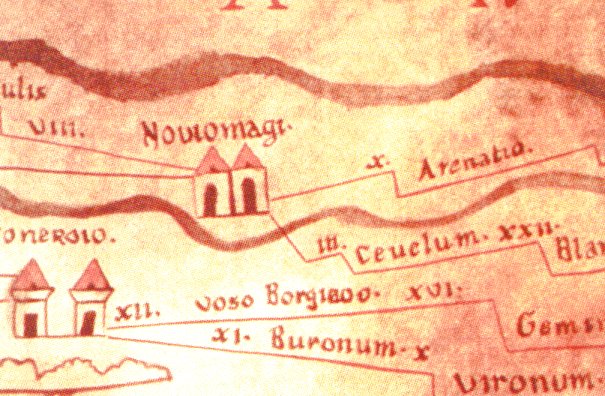
There is no orthography of the name Arenacum. Arenacium is also attested, the Peutinger Map mentions a town called Arenatium east of Noviomagus (Nijmegen), and the Antonine Itinerary spells the name Harenatium. But whatever the spelling of its name, the town was situated along the limes road. The similarity between this name and the modern toponym "Rindern" is one argument that the two are identical, but this is contested.
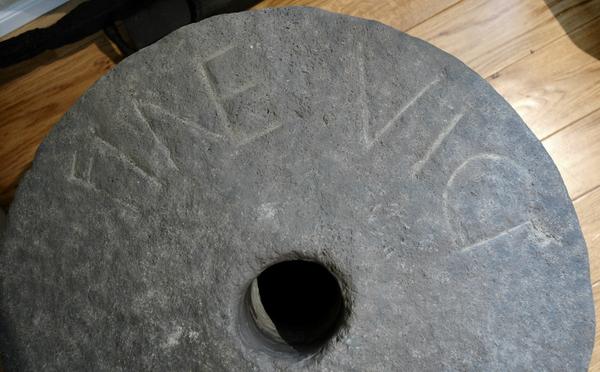
The name Arenacum is interesting. The suffix -cum often indicates a tax district and usually follows a personal name. Cortoriacum, Feliciacum, Tiberiacum, and Mannaricium were the districts of Cortorus, Felix, Tiberius, and Mannarus (modern Kortrijk, Velzeke, Thorr, and Maurik). Arenacum may therefore be the district of someone called Arenus. This looks like a Celtic name, which proves that Arenacum was occupied before the Romans arrived, and this may be another argument for the identification of Arenacum with Rindern, where a Celtic origin has been confirmed by excavations in 1995.
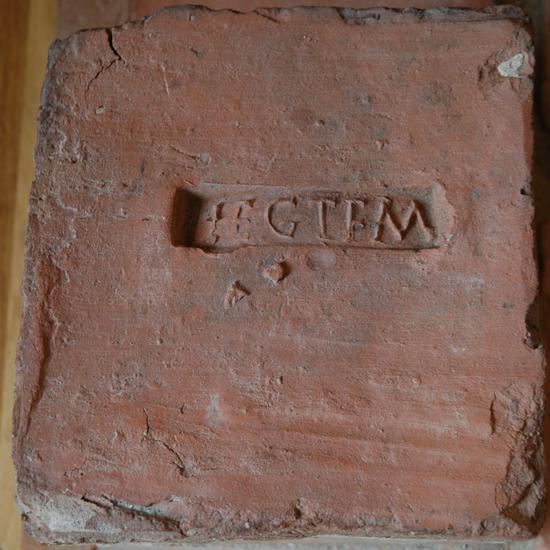
The Roman author Tacitus says that after the Batavian revolt had been suppressed in the autumn of 70, Arenacum was the winter camp of the Tenth legion Gemina. From the Antonine Itinerary, we can deduce that in the late second/early third century "Harenatium" was used as cavalry base, guarding the Rhine. This does not fit well with the finds from Rindern, which are all civilian.
Rindern
Pottery from the kilns of the Twenty-second legion Primigenia at Xanten has been found on several sites near Rindern. One of the tiles is (rather clumsily) stamped LEG IFM, which stands for Legio I Flavia Minervia, a legion from Bonn. The first legion received this name when it was founded in 82 or 83; in 89, it received the surname Pia Fidelis ("faithful, loyal"). Our tile can therefore be dated to the eighties.
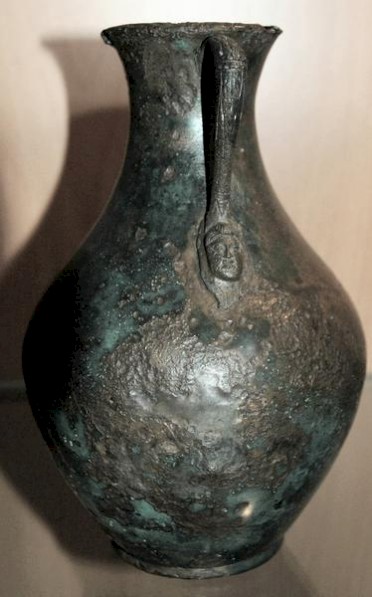
Although the exact site of the center of the Roman settlement in Rindern has not yet been identified, the neighborhood offers many Roman finds. Among the oldest discoveries belongs an ancient millstone that was reused as a frontier marker. The inscription reads FINE(S) VICI, "end of the town", and proves that village had some sort of legal status, different from the surrounding countryside. The discovery of two iron anchors, ceramics, stamps, parts of bronze objects, more than twelve millstones, planks, and a part of a flatboat has led to the plausible theory that Rindern once was a river port.
At the site of the cemetery of the modern church of Rindern, a monumental building with a hypocaustum, floor heating, has been identified. (When the local gravedigger finds ancient objects, the museum donates him a bottle of Schnapps, a German type of brandy.) The function of this building has not yet been established. If it stood outside Arenacum, it may have been the living quarter of a large farm; if the building was inside the village, it may have had an official function - a town hall, for example.
Another important place near Rindern may have been in Düffelward, northwest of Rindern, where six vessels of bronze were discovered, including a lovely vase of bronze. They must have belonged to the house of a very wealthy person.
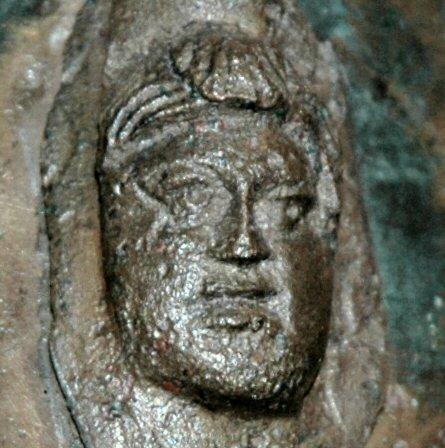
After the collapse of the Roman Rhine frontier in the early fifth century, the area was occupied by the Franks. Two of them were buried in or near Rindern; on their tombs, a church was erected in the seventh century, and this monument has been rebuilt several times. It is now called St. Willibrord. Very close to it is the small (80 m²) but excellent museum of Rindern, called Forum Arenacum. The church itself boasts an ancient inscription on which the name of the emperor Nero has been cut away (damnatio memoriae).
Literature
J.G.M. Verhagen argues in "De Gelderse limes herzien. Een nieuwe identificatie van Romeinse plaatsnamen in Gelderland" (in: Archeobrief 17/3 (2013) 29-37) against the identification of Arenacum and Rindern.
Thanks...
to Mr. Gietemann for his tour through the museum, and to Mrs. S. Garside-Neville for identifying the tile.